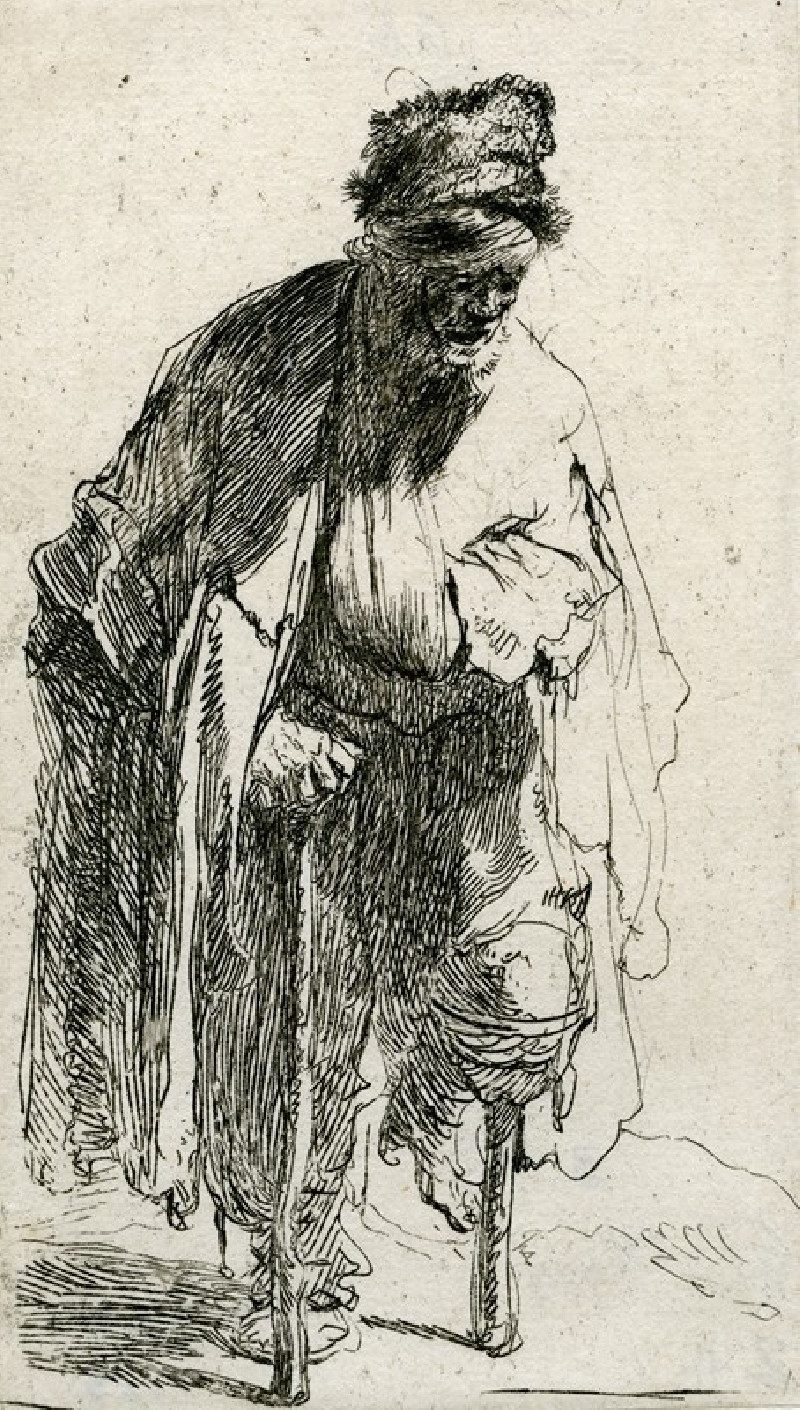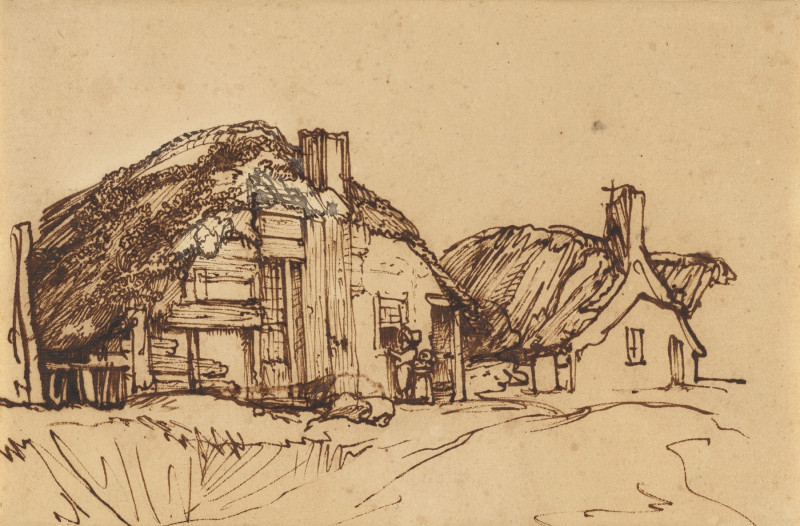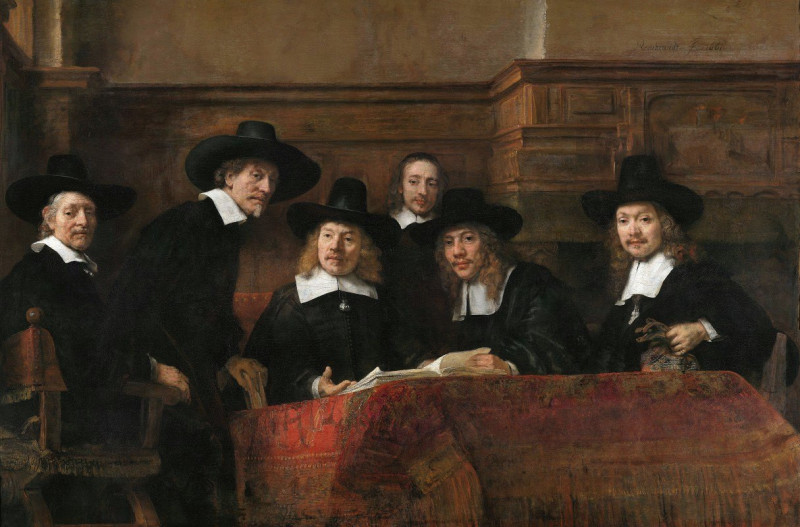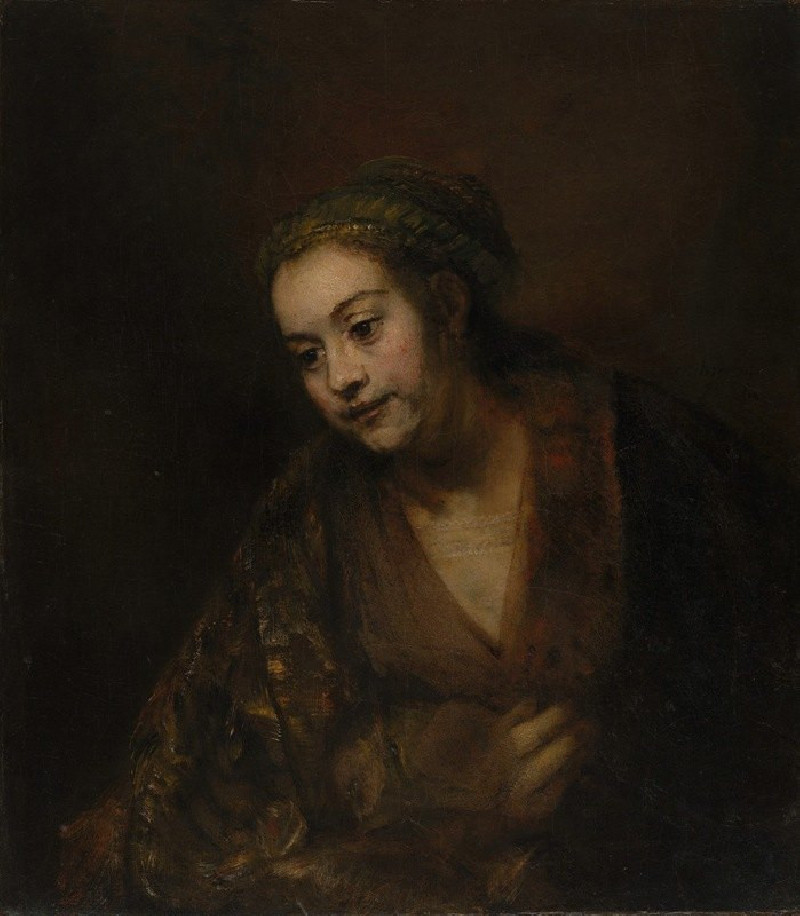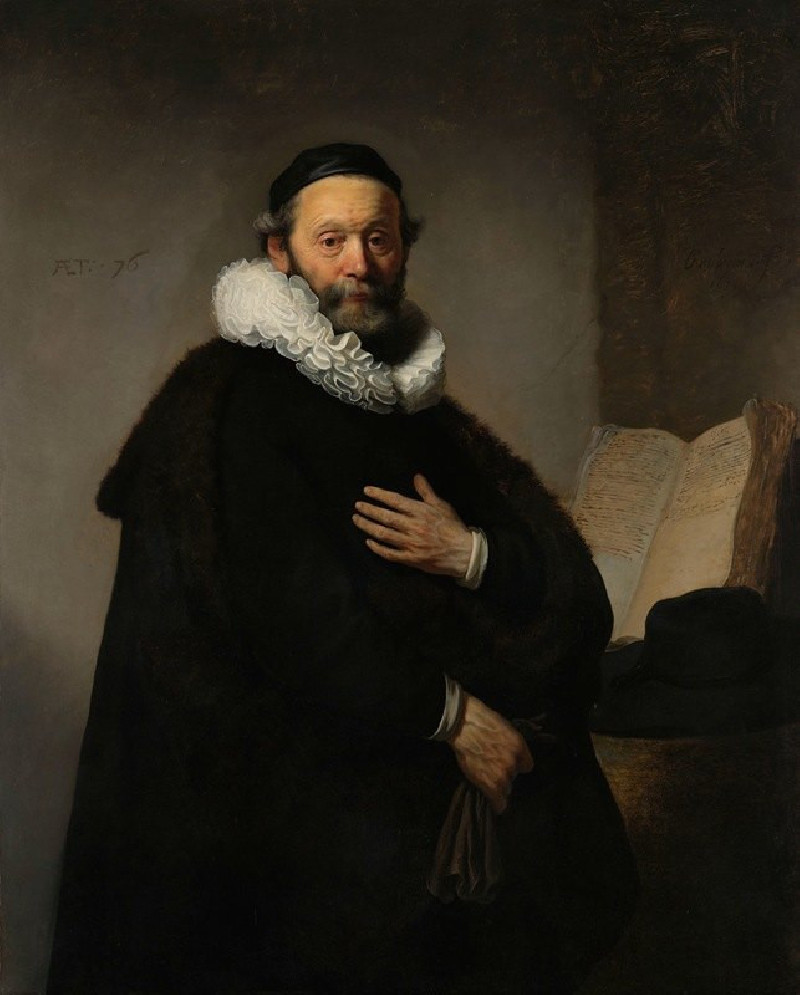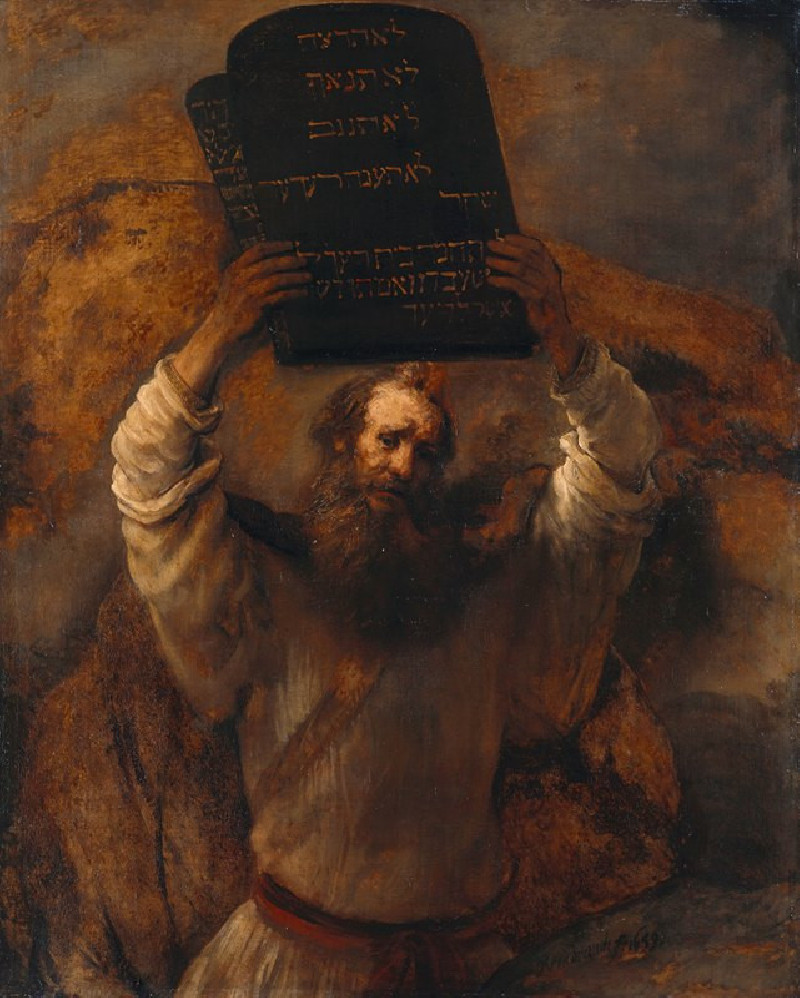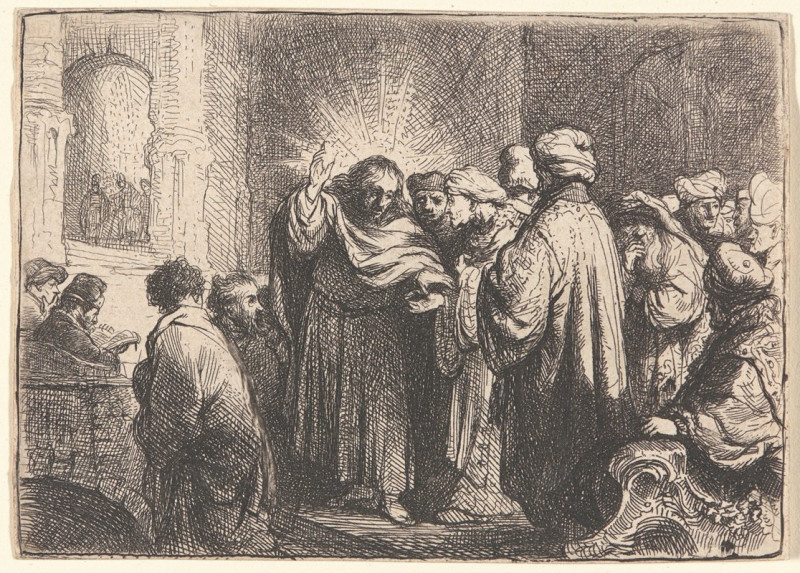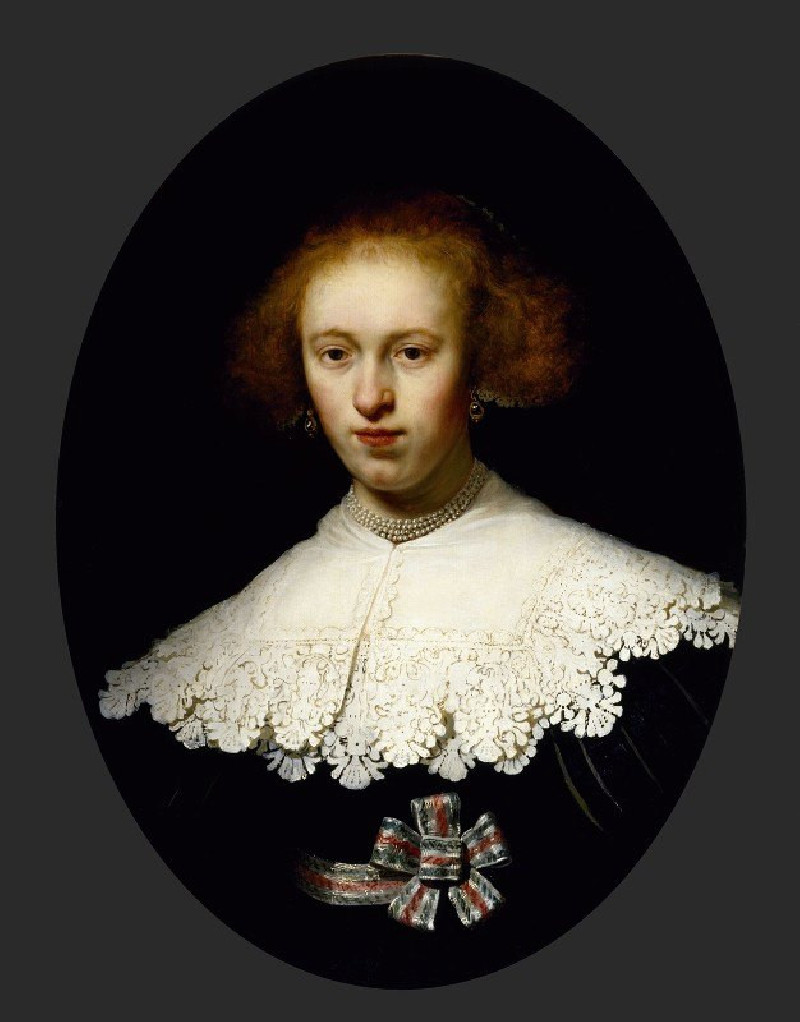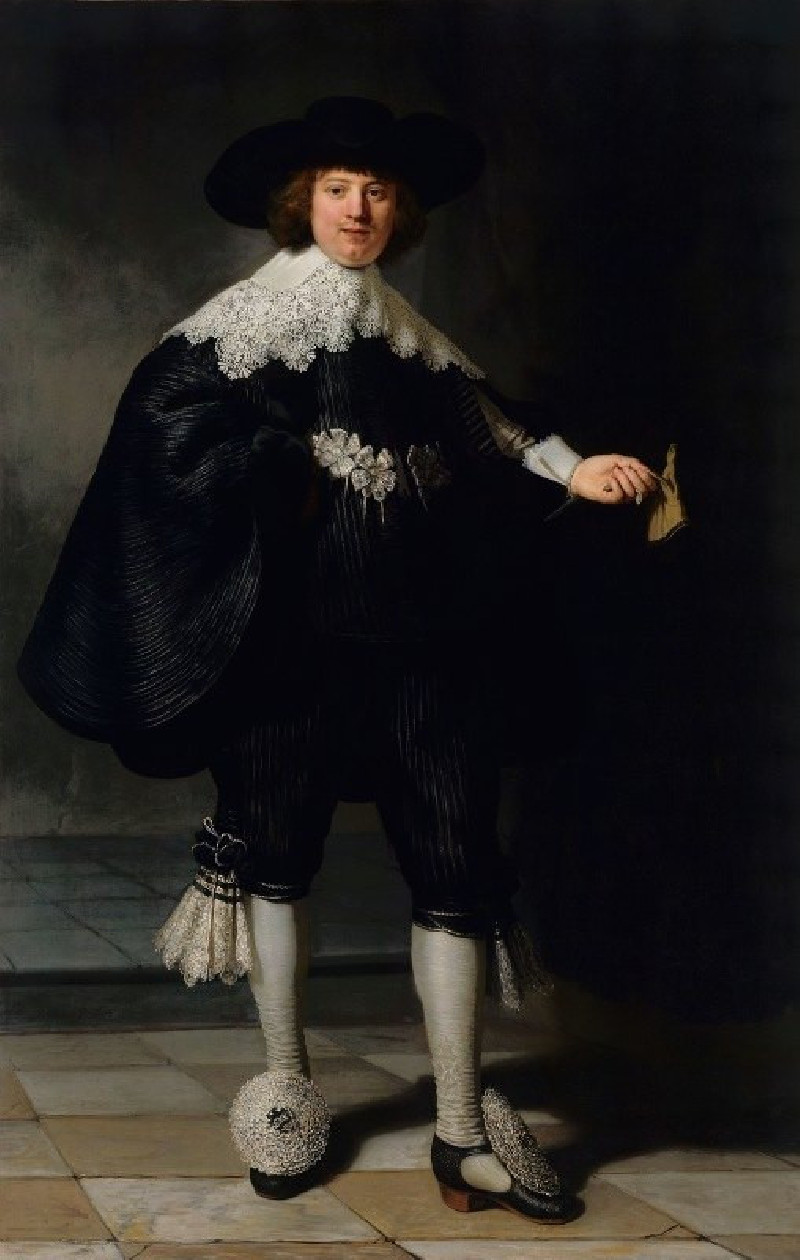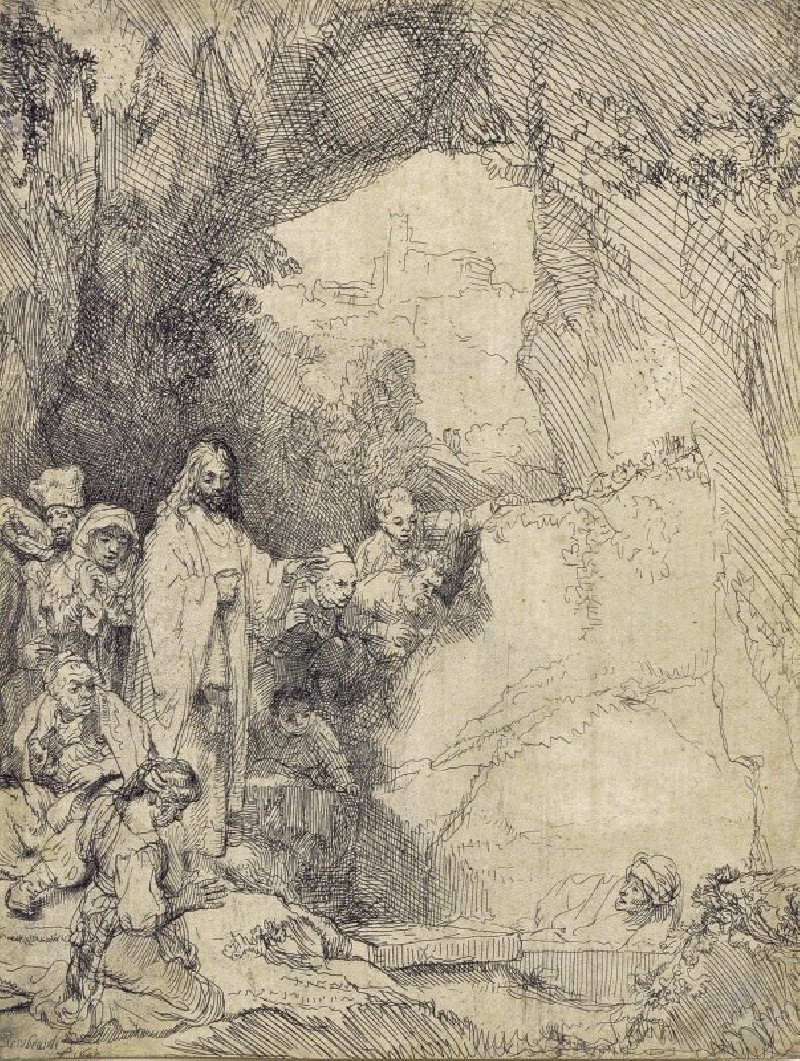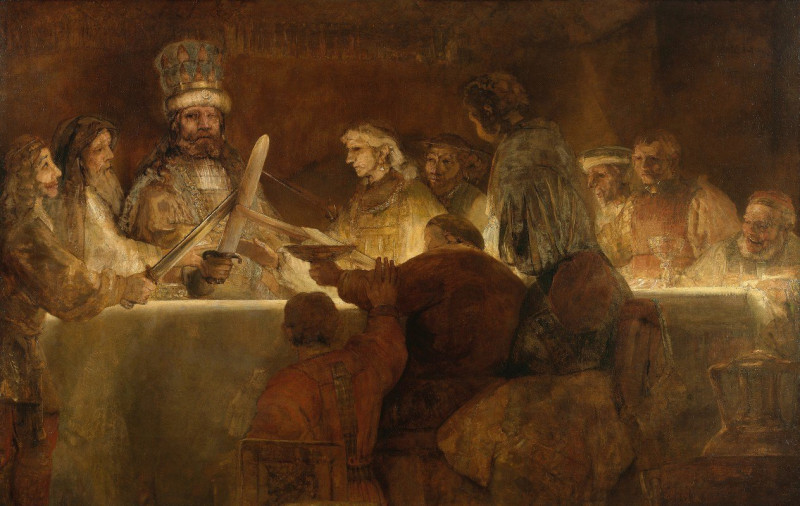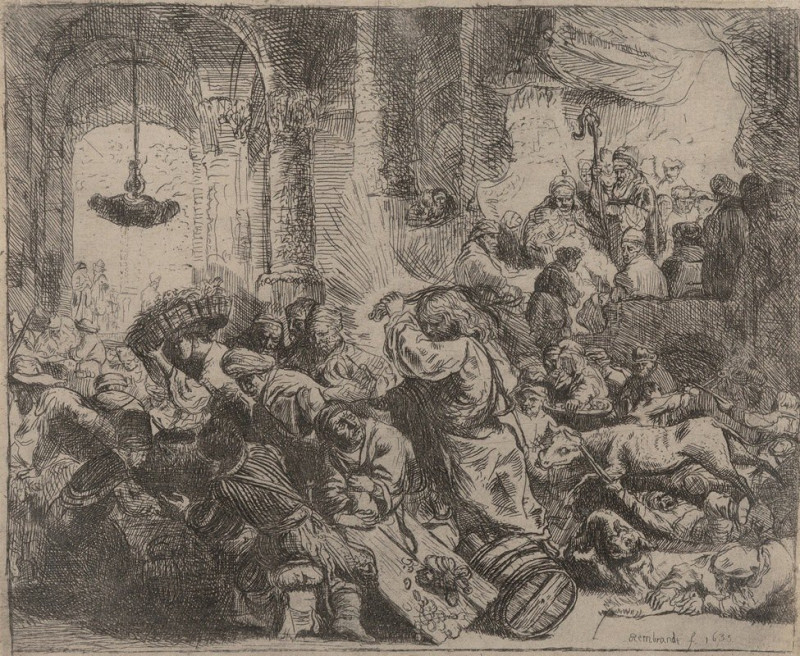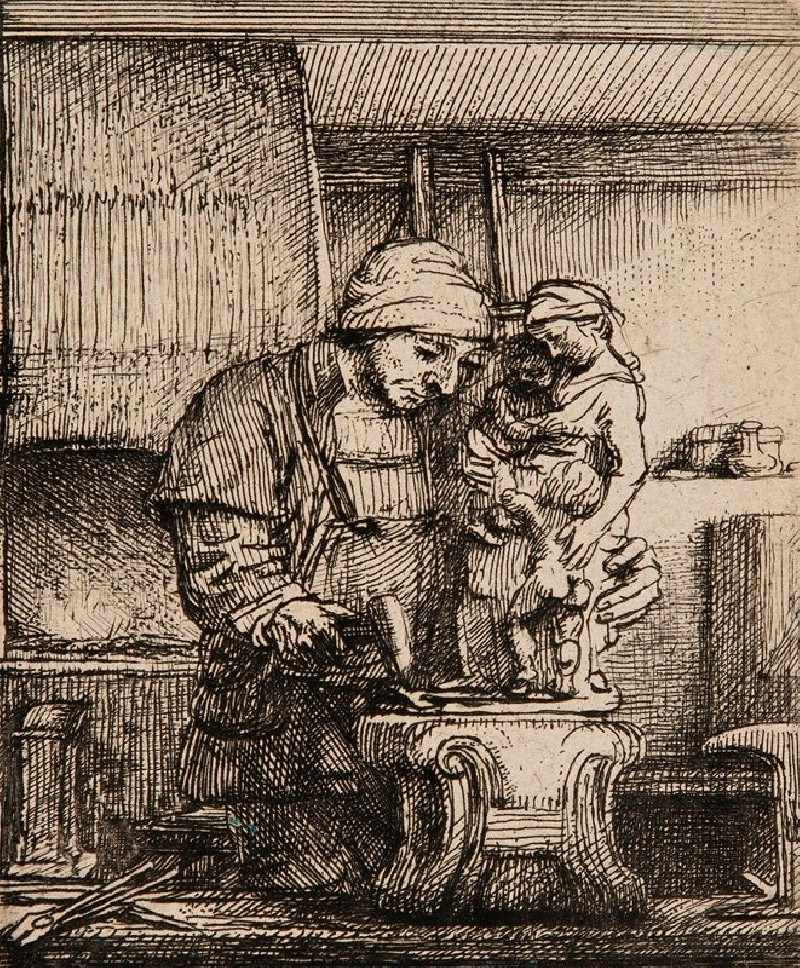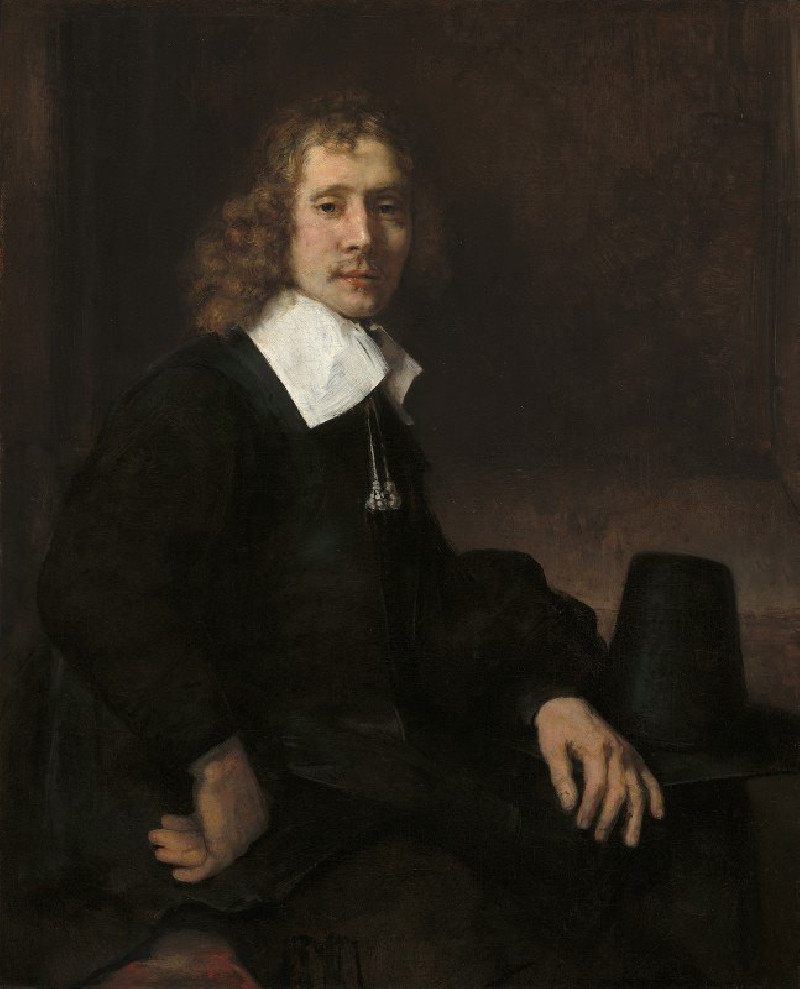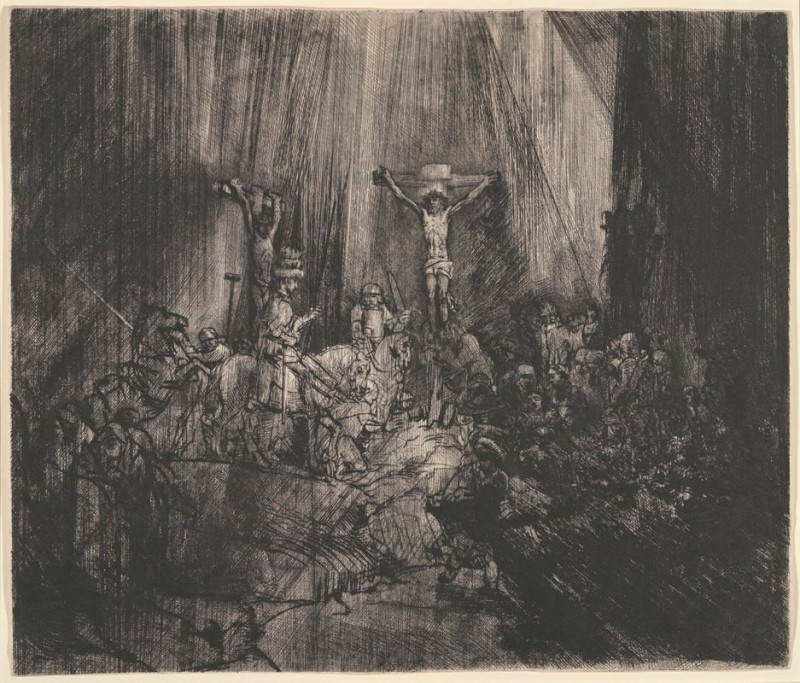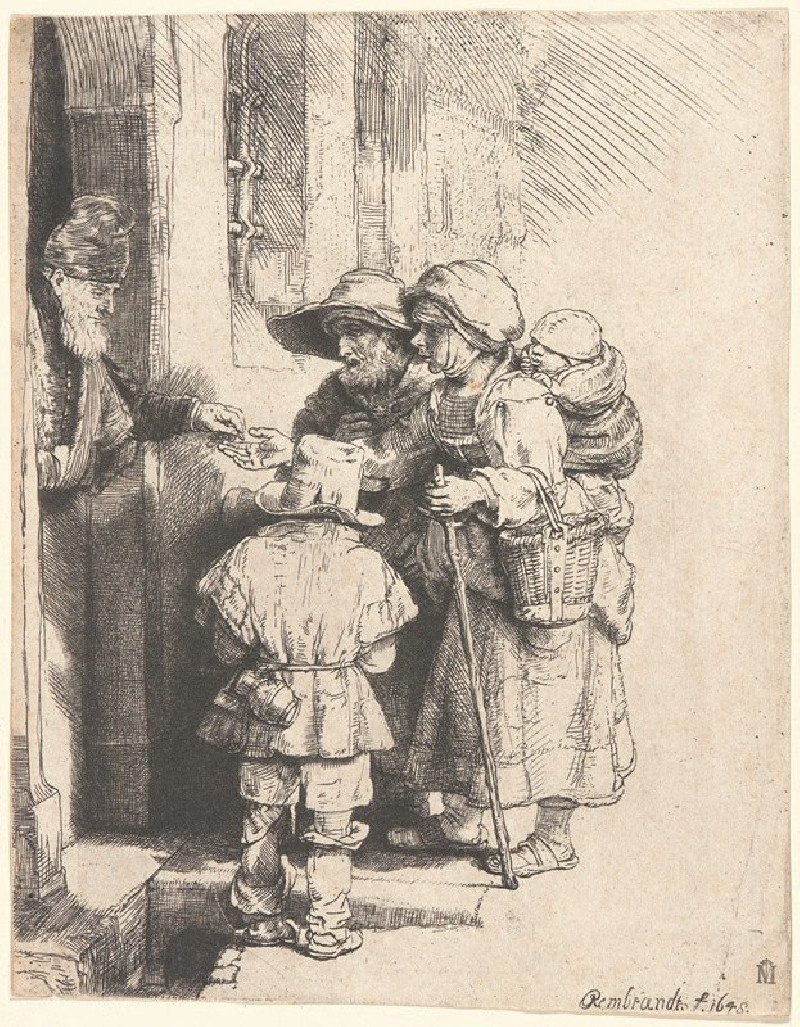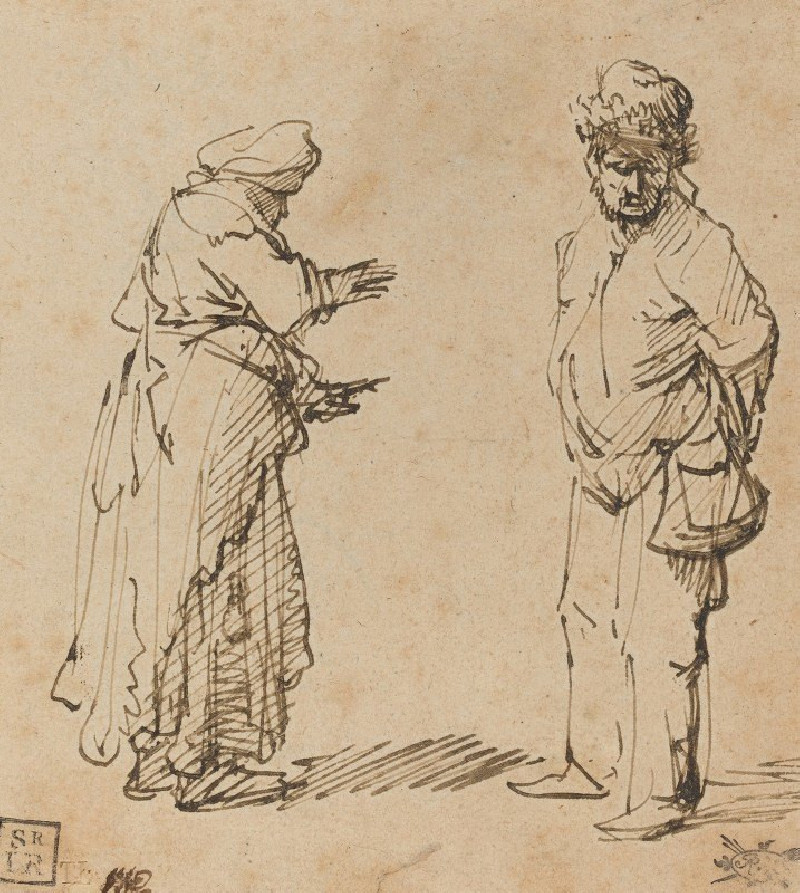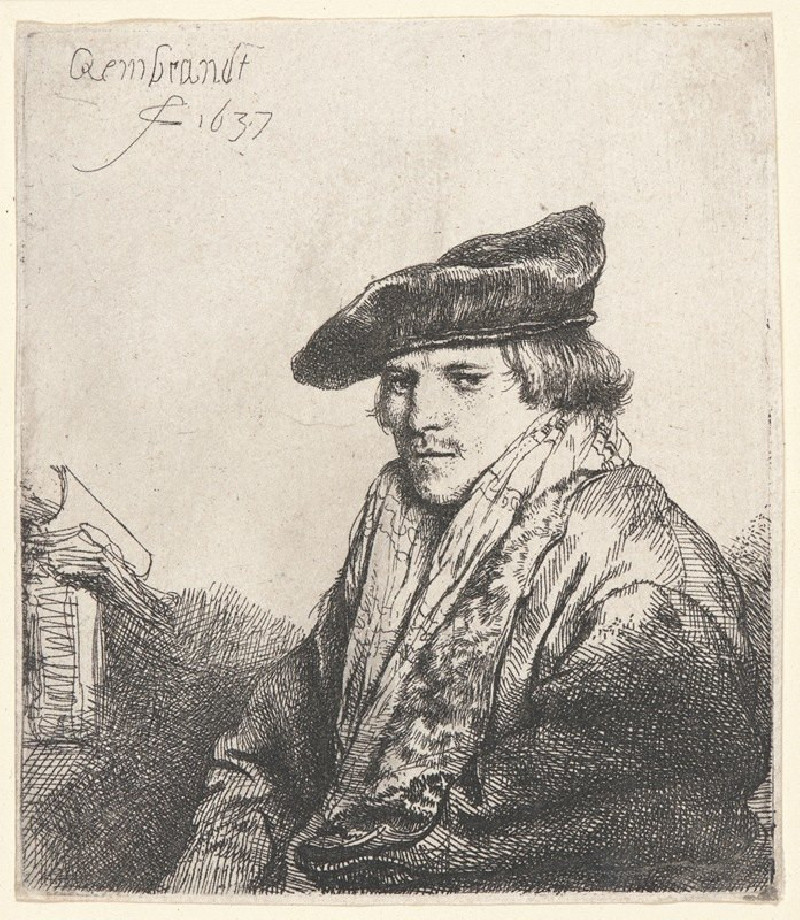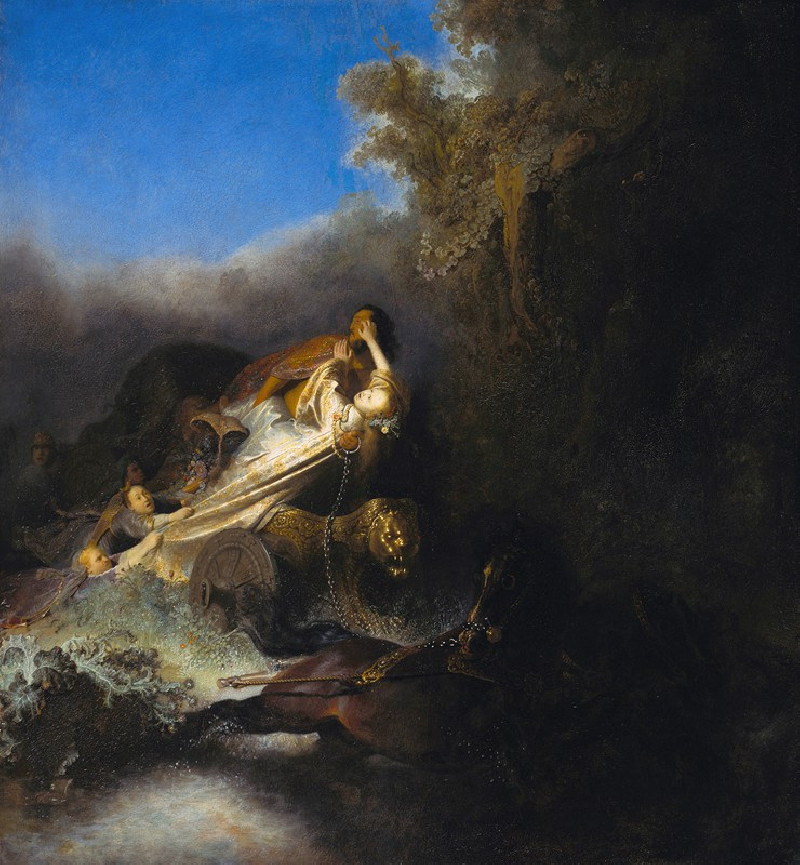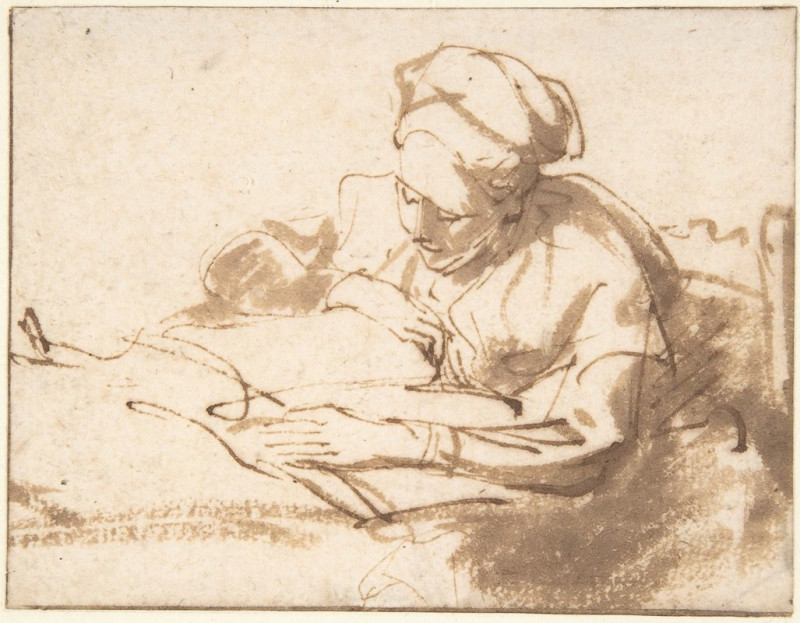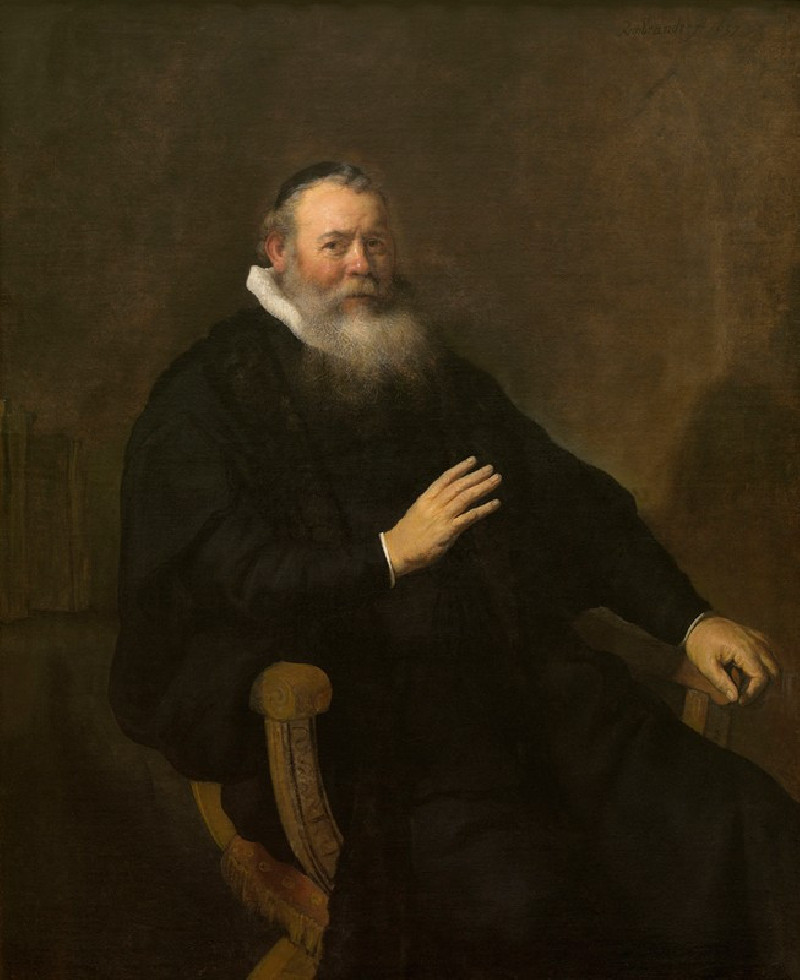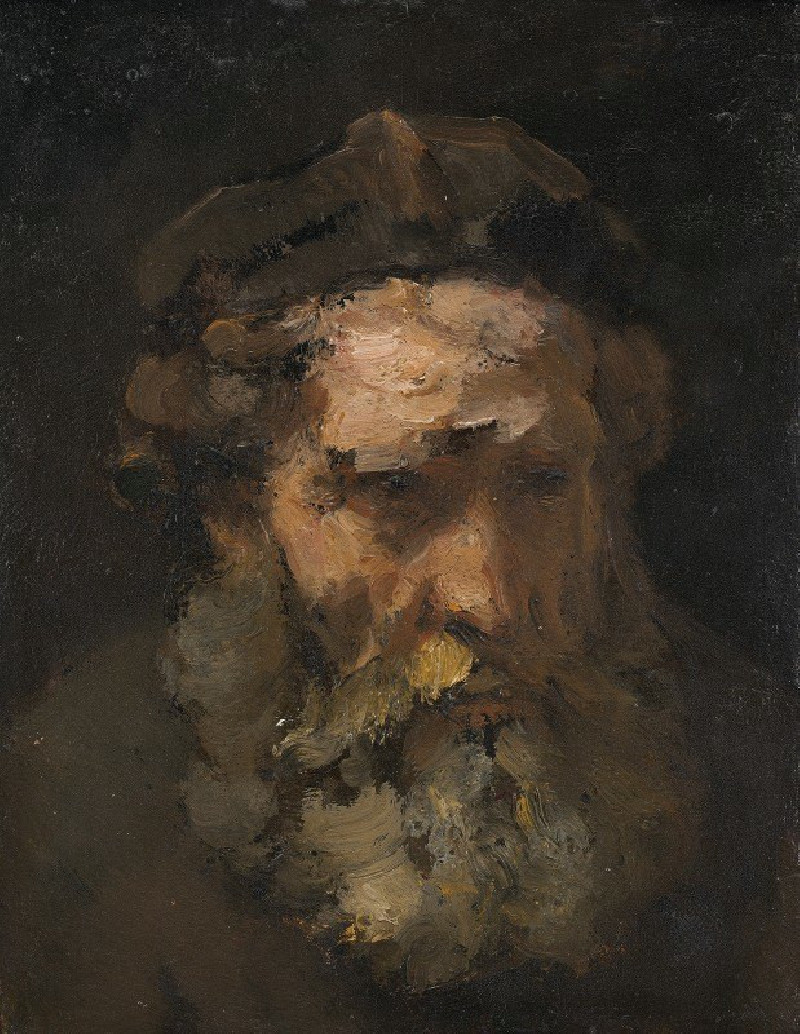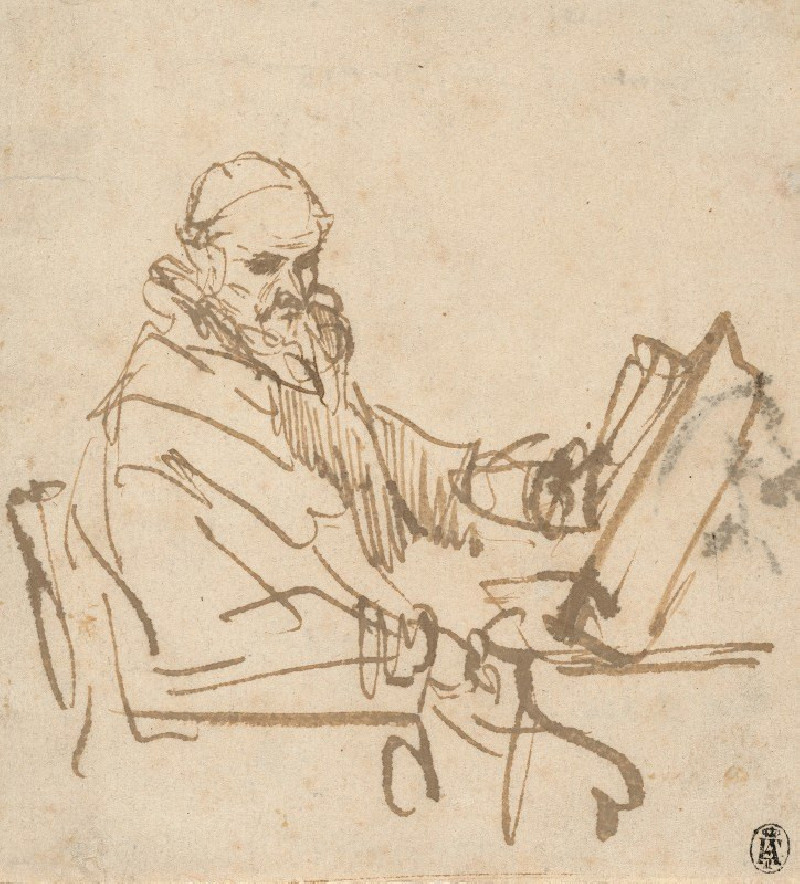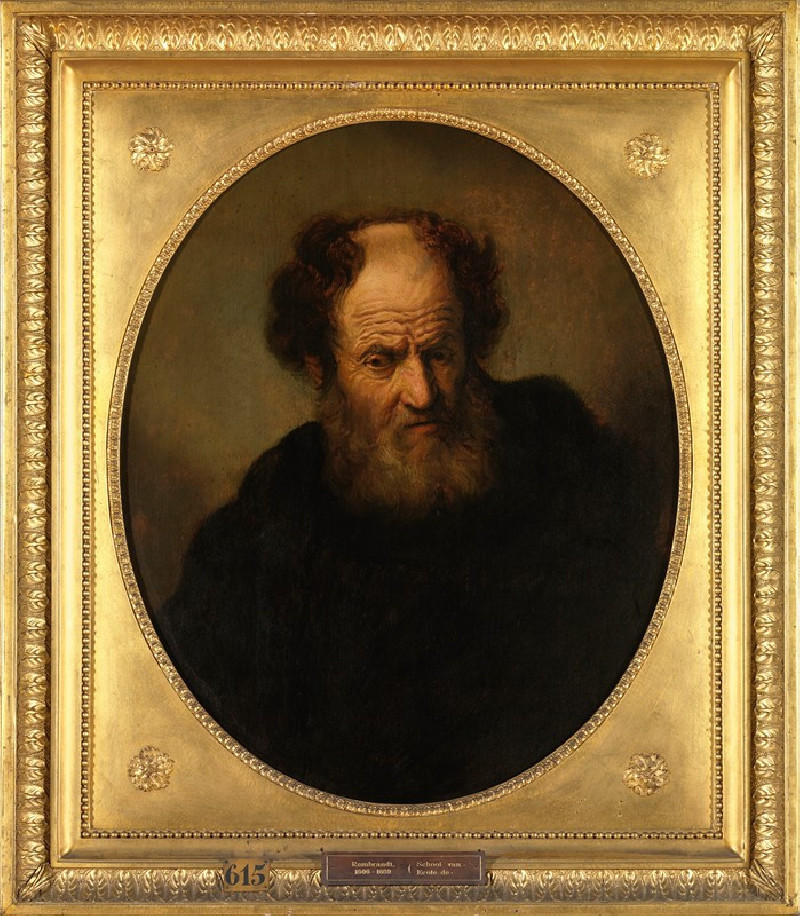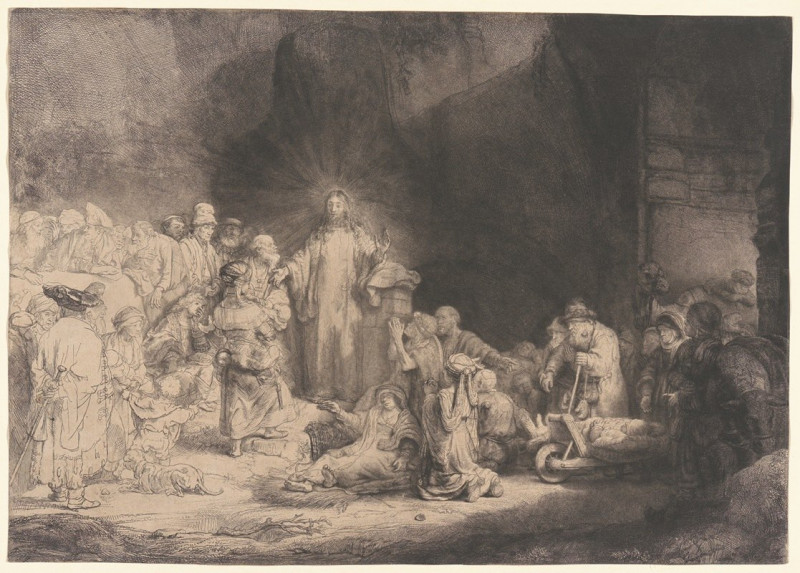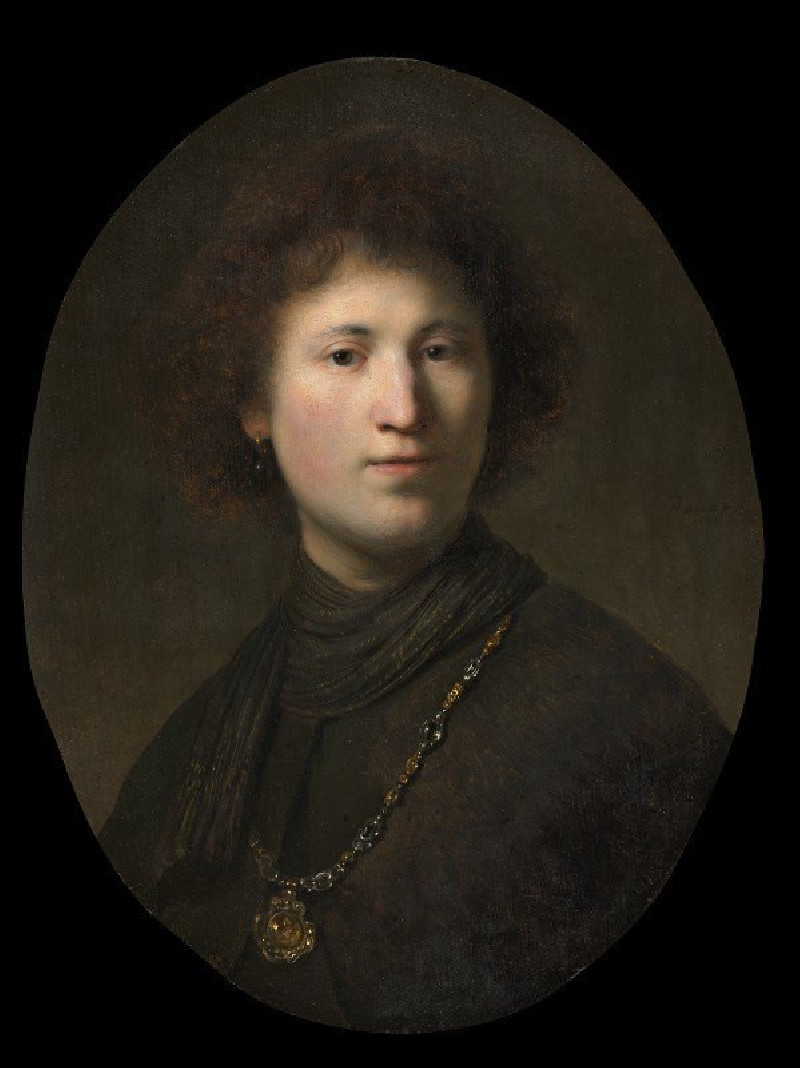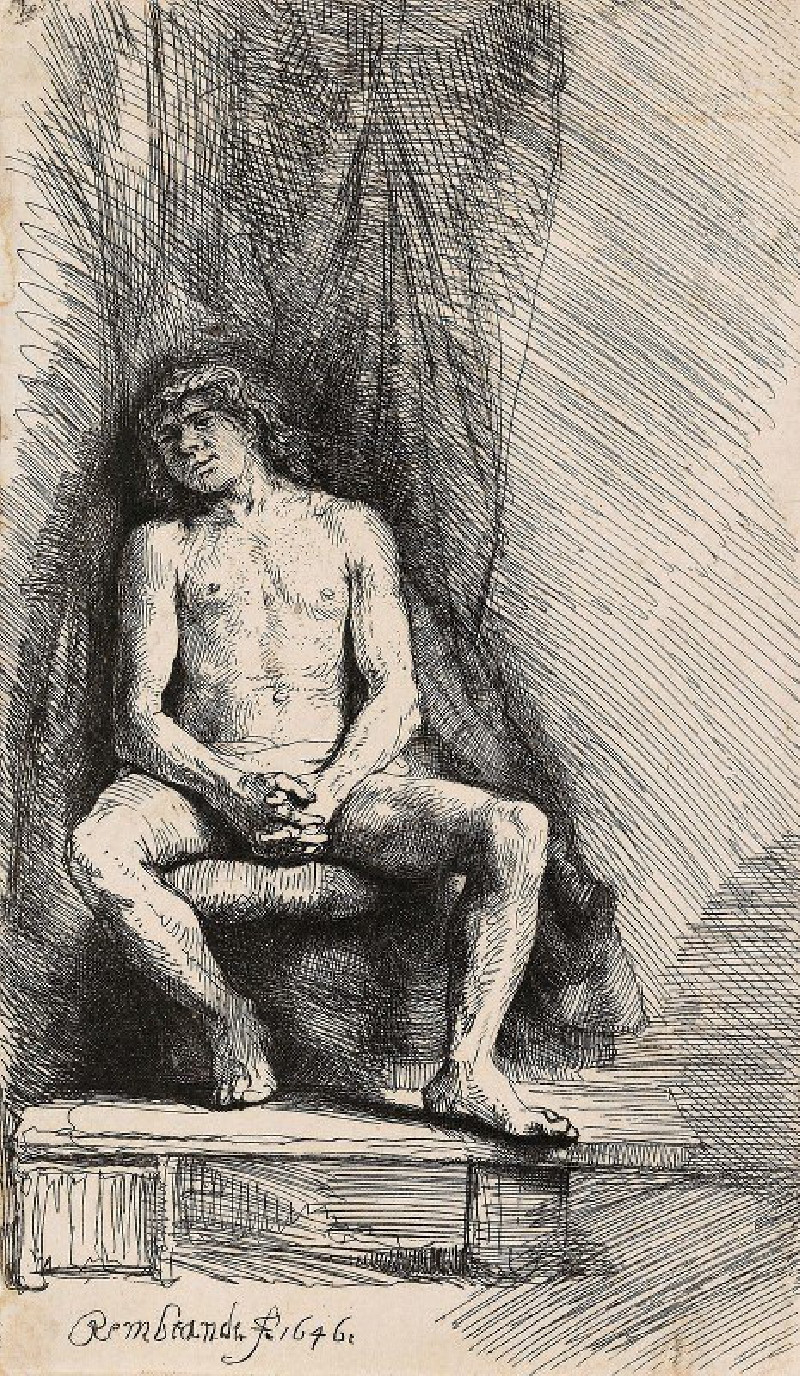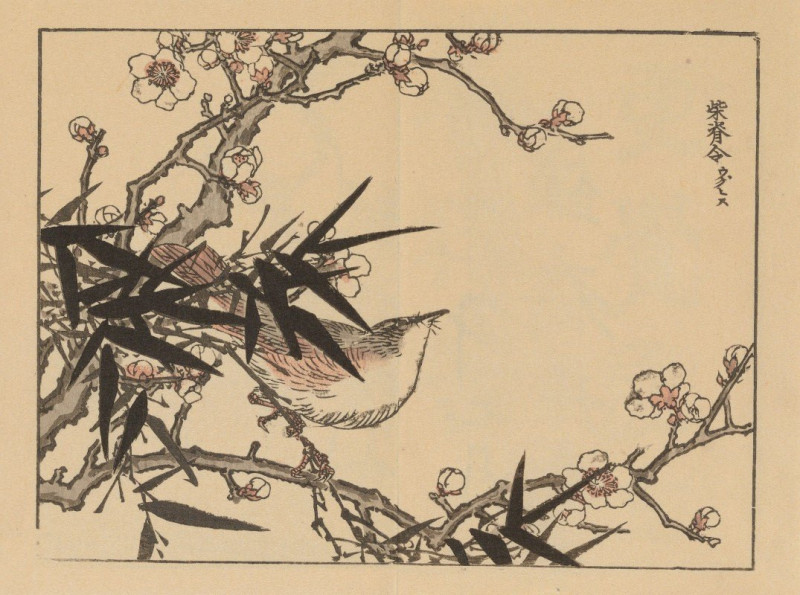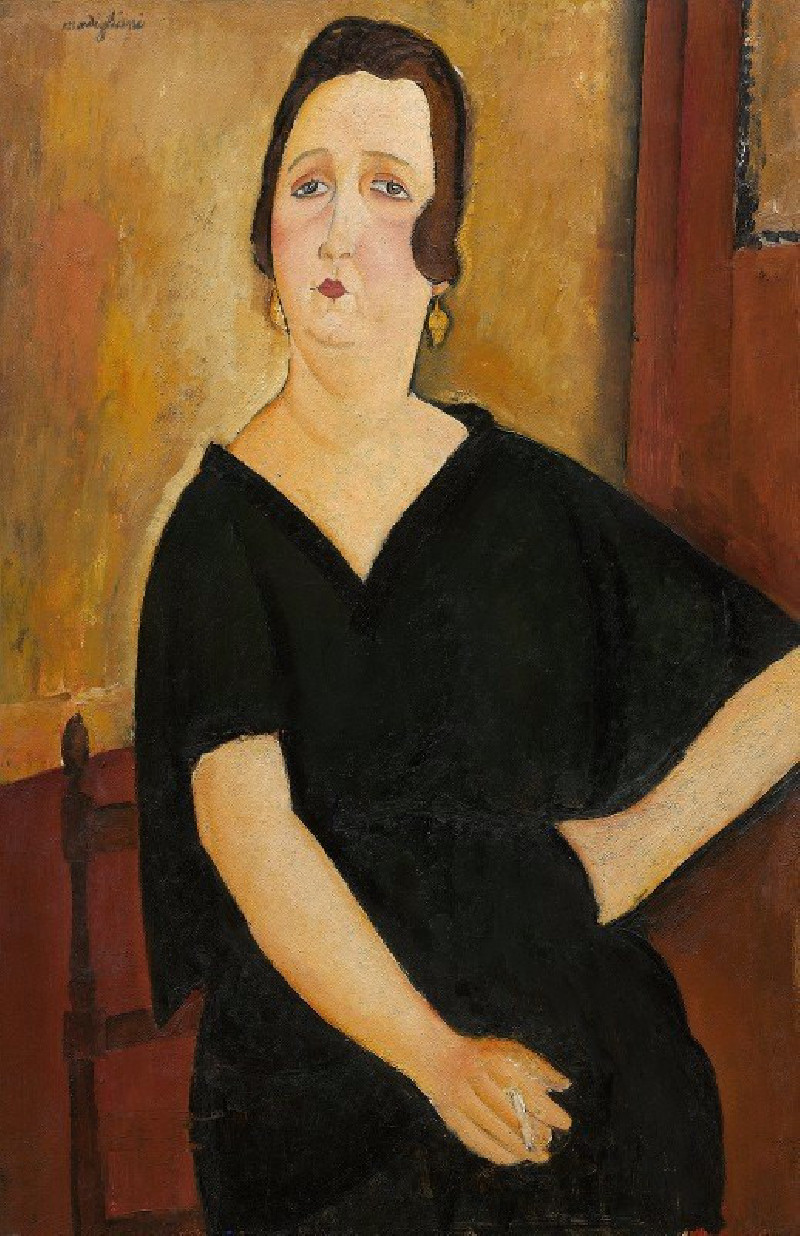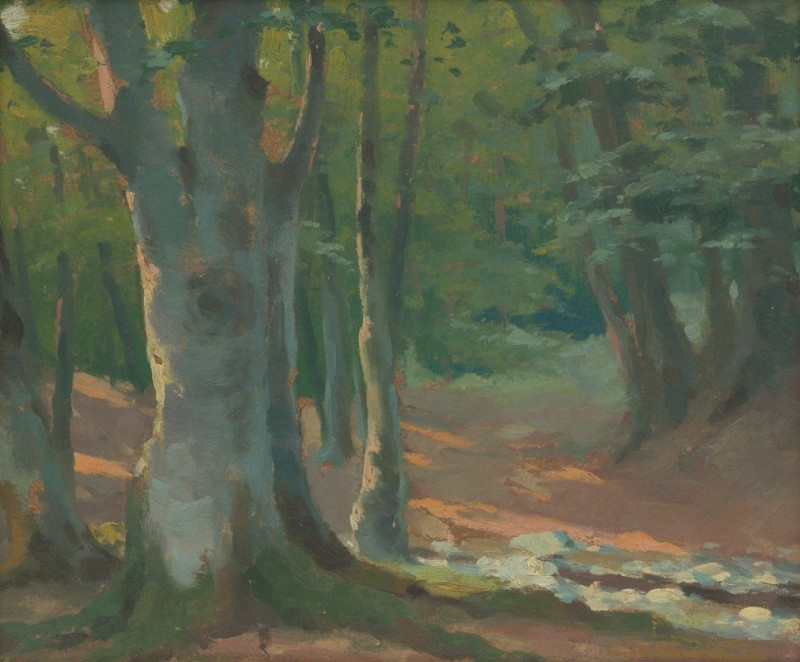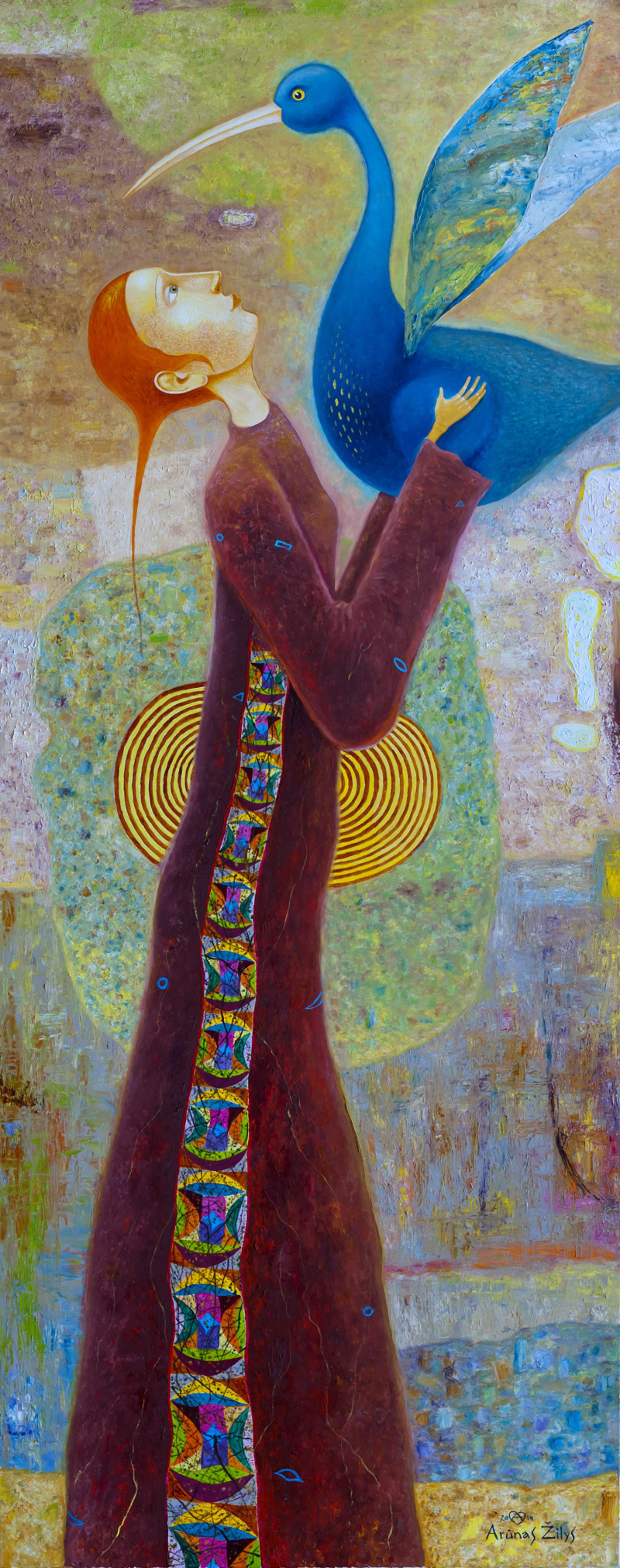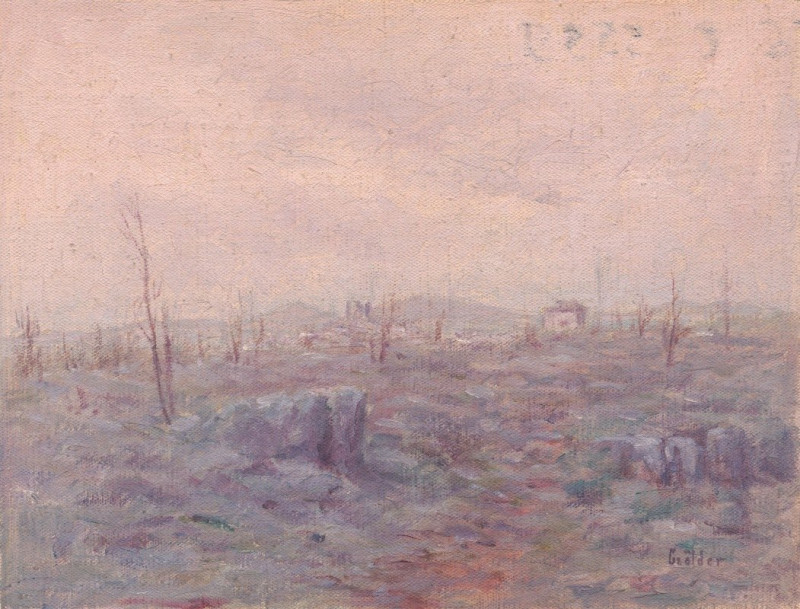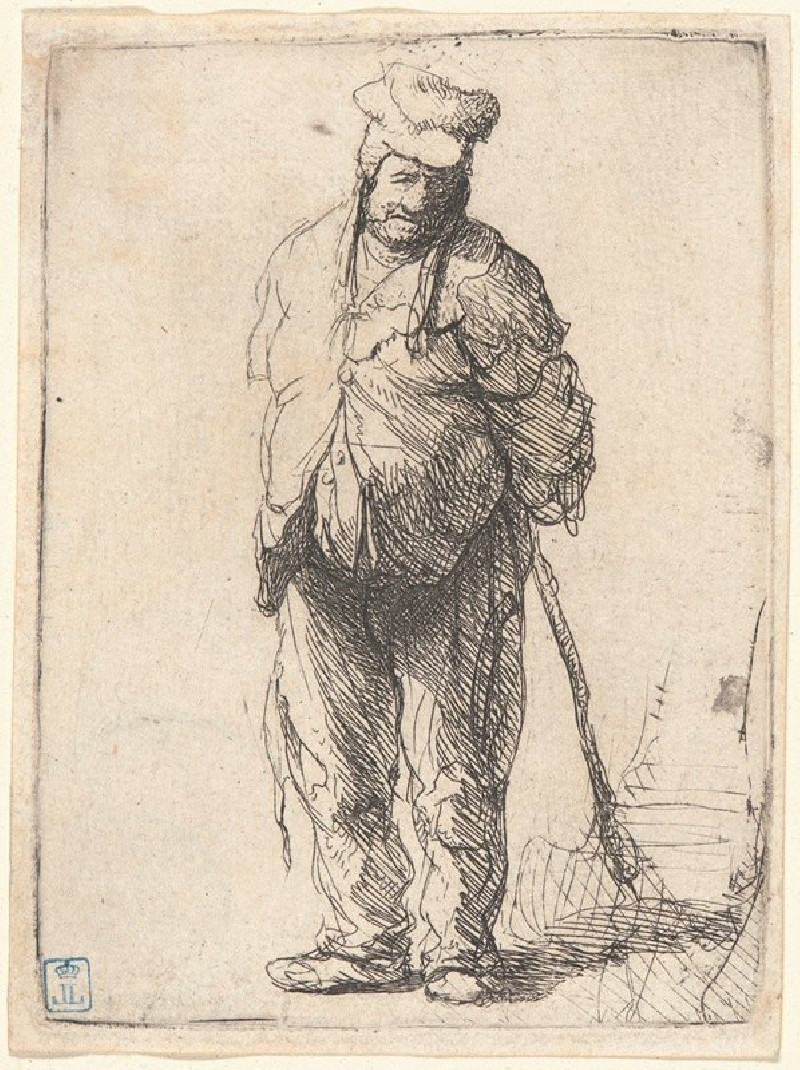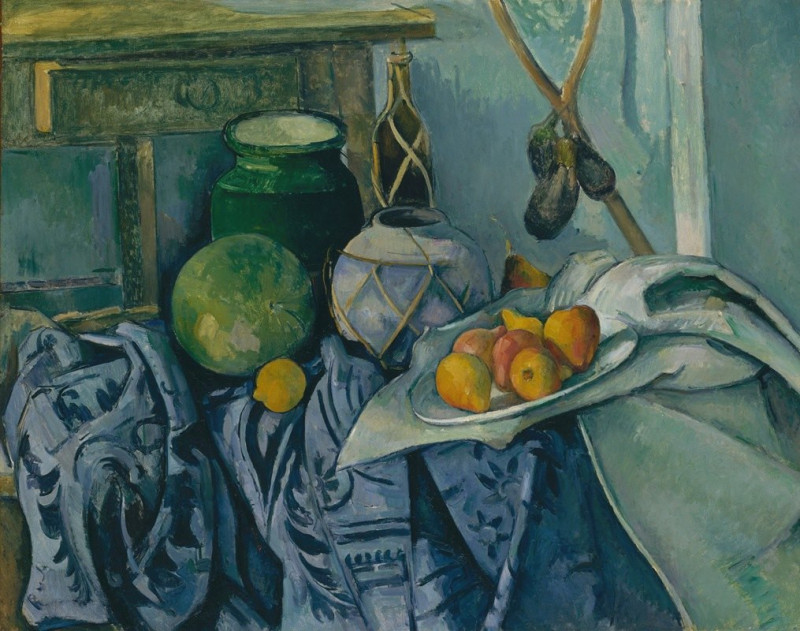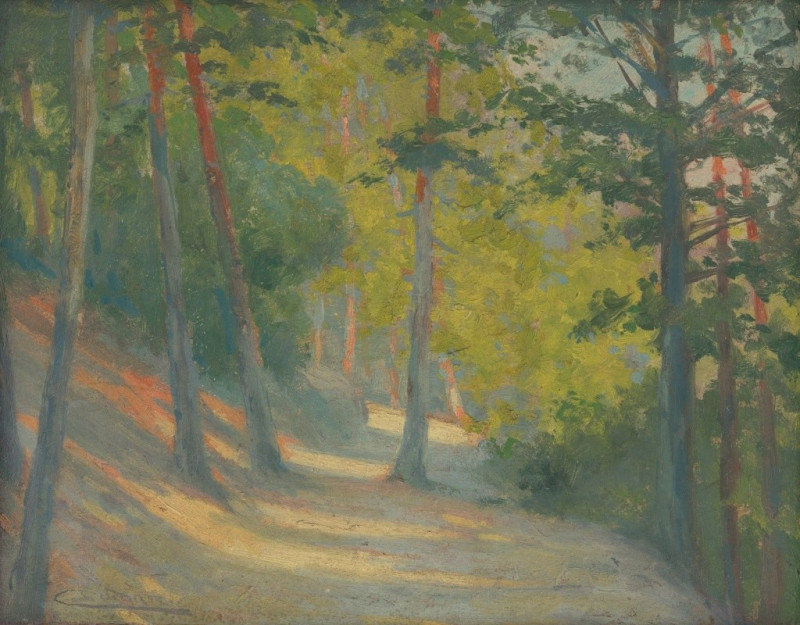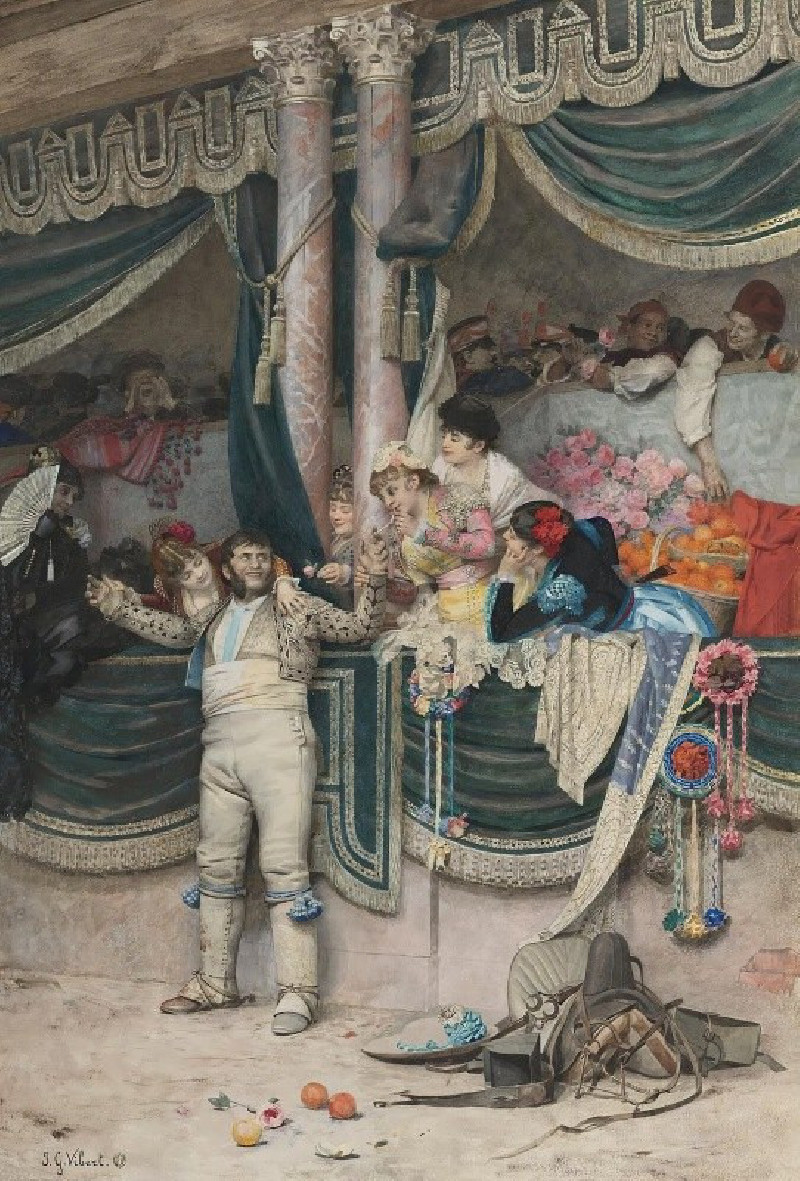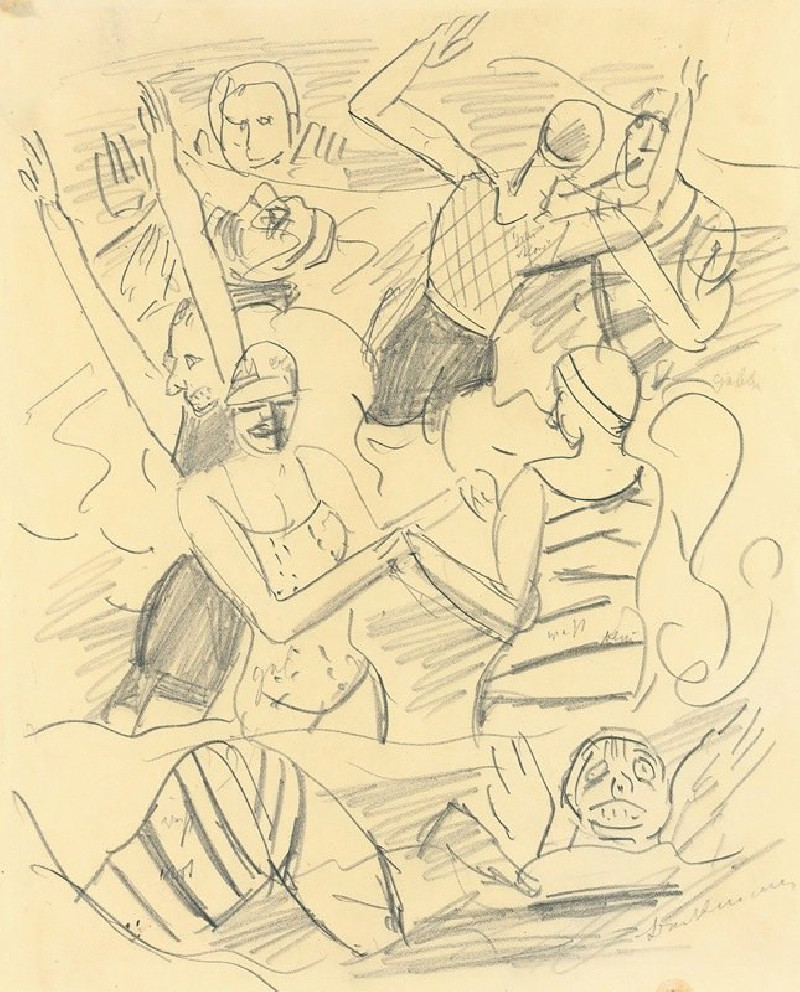Beggar with a Wooden Leg (1630)
Technique: Giclée quality print
Recommended by our customers
More about this artwork
"Beggar with a Wooden Leg," an etching created by Rembrandt van Rijn in 1630, is a striking depiction of hardship and resilience that speaks to the human condition. This etching portrays an elderly beggar, moving with the aid of a crutch, encapsulating the trials faced by the less fortunate in society during Rembrandt's time. The subject's wooden leg and worn garments are rendered with meticulous, empathetic strokes, highlighting Rembrandt’s masterful ability to convey texture and emotion through his art.The artist’s use of light and shadow not only adds depth to the figure but also accentuates the expression of perseverance on the beggar’s face. Through this powerful image, Rembrandt invites viewers to reflect on themes of poverty, disability, and survival amidst adversity.
Delivery
Returns
Rembrandt Harmenszoon van Rijn was a Dutch draughtsman, painter, and printmaker. An innovative and prolific master in three media, he is generally considered one of the greatest visual artists in the history of art and the most important in Dutch art history. Unlike most Dutch masters of the 17th century, Rembrandt's works depict a wide range of style and subject matter, from portraits and self-portraits to landscapes, genre scenes, allegorical and historical scenes, and biblical and mythological themes as well as animal studies.

